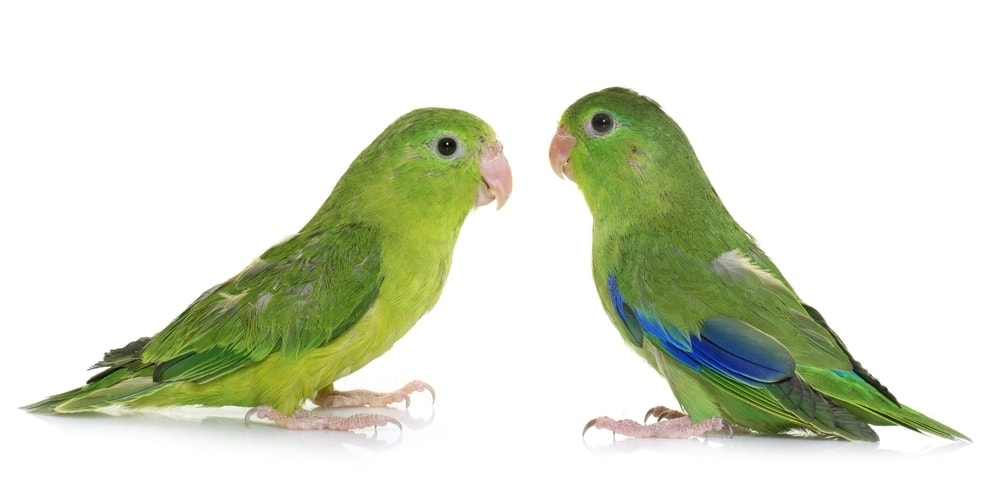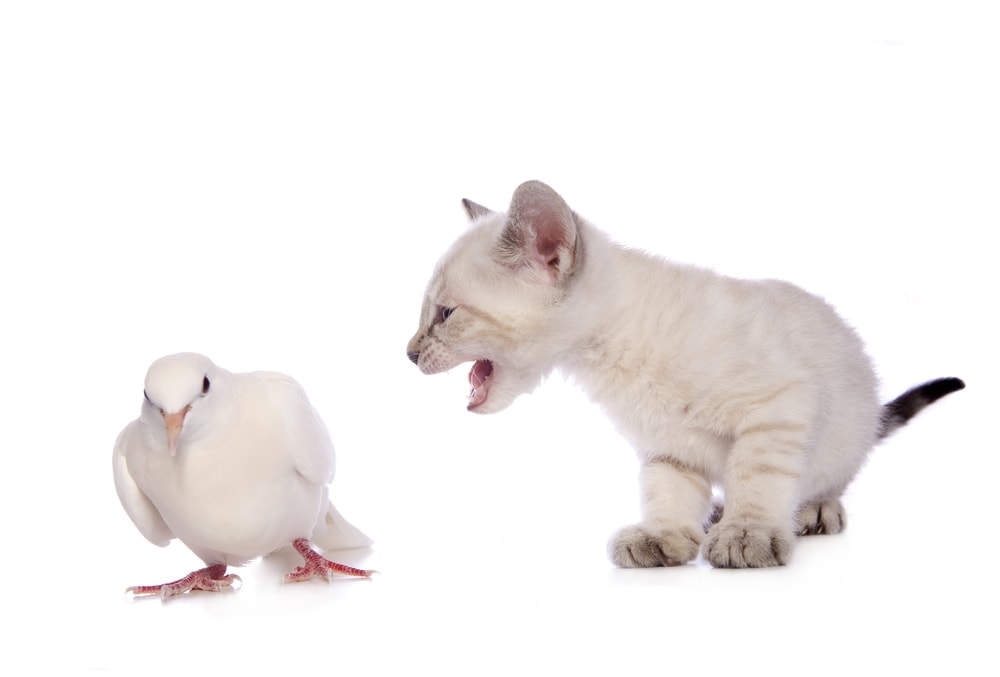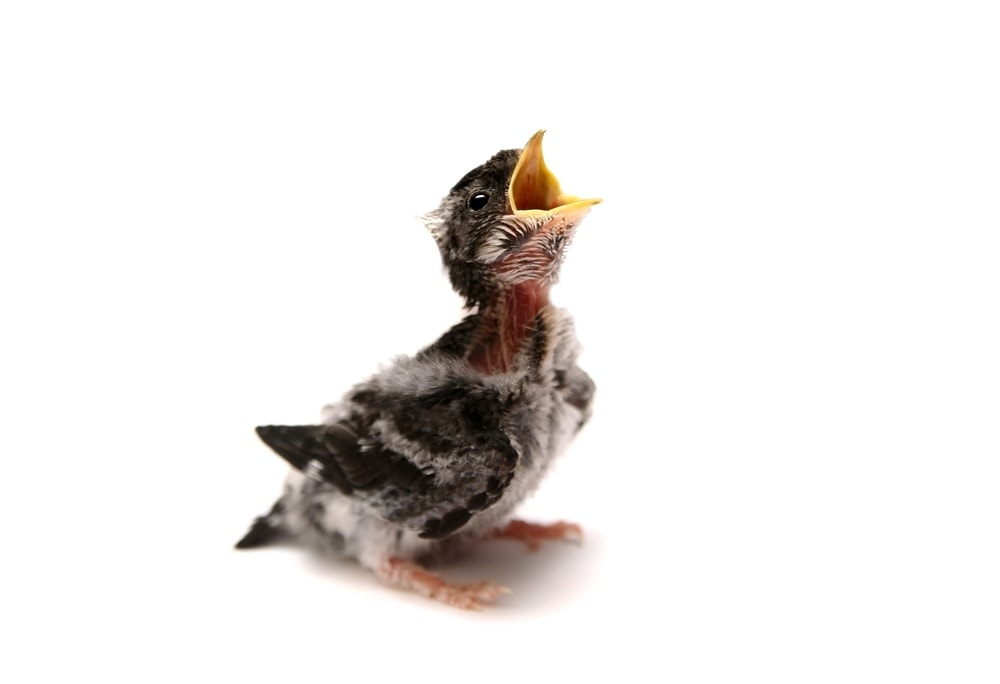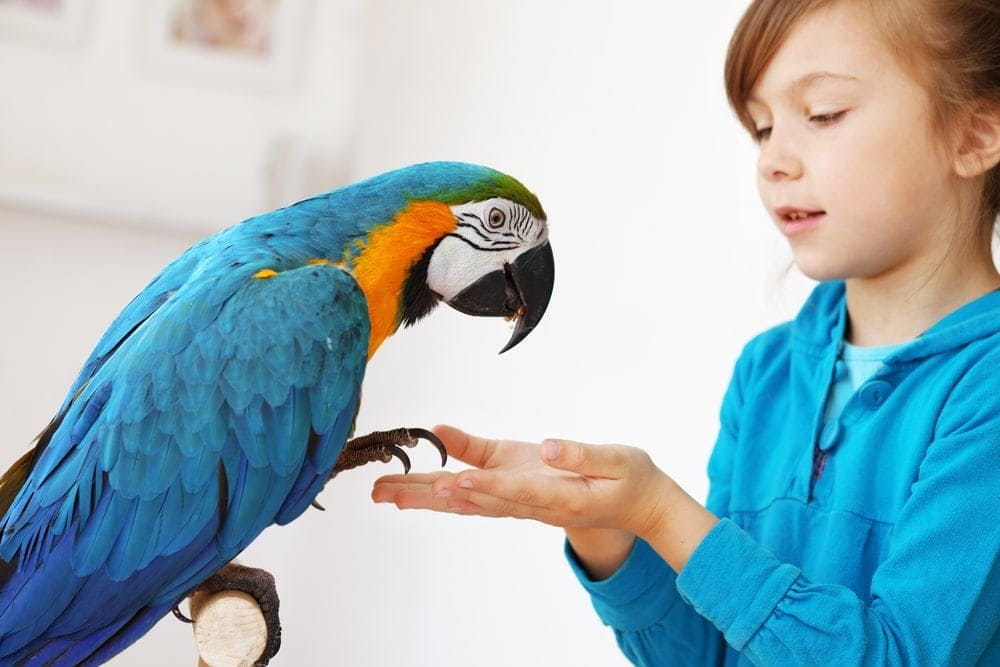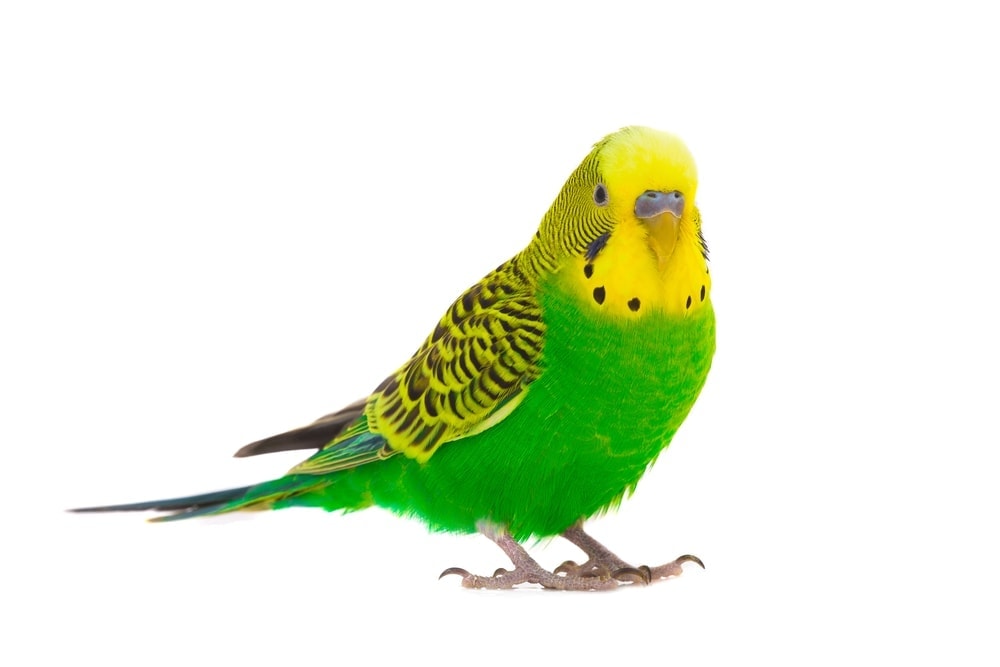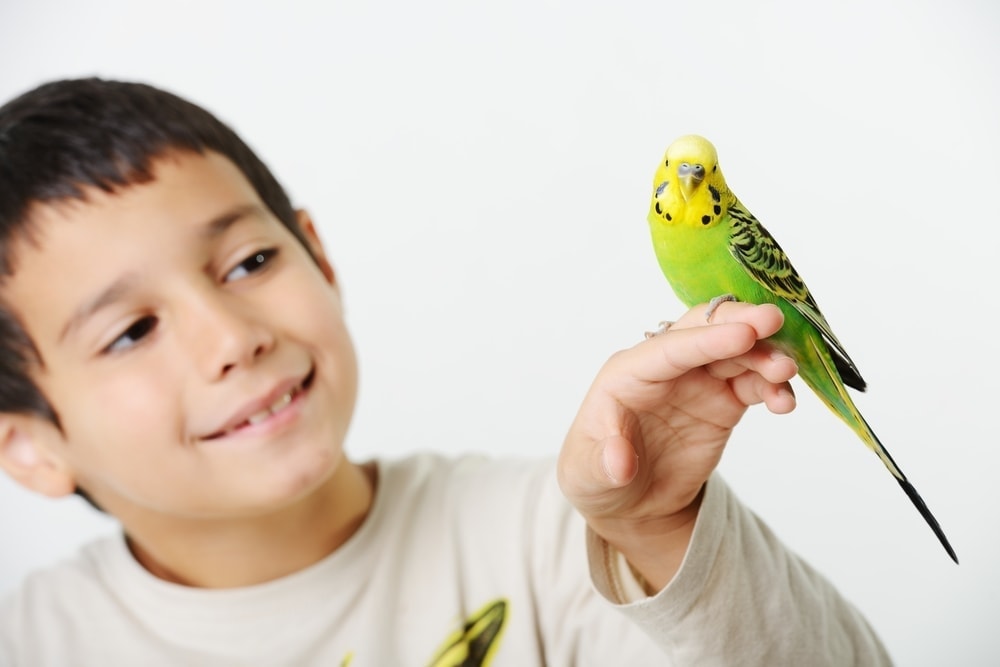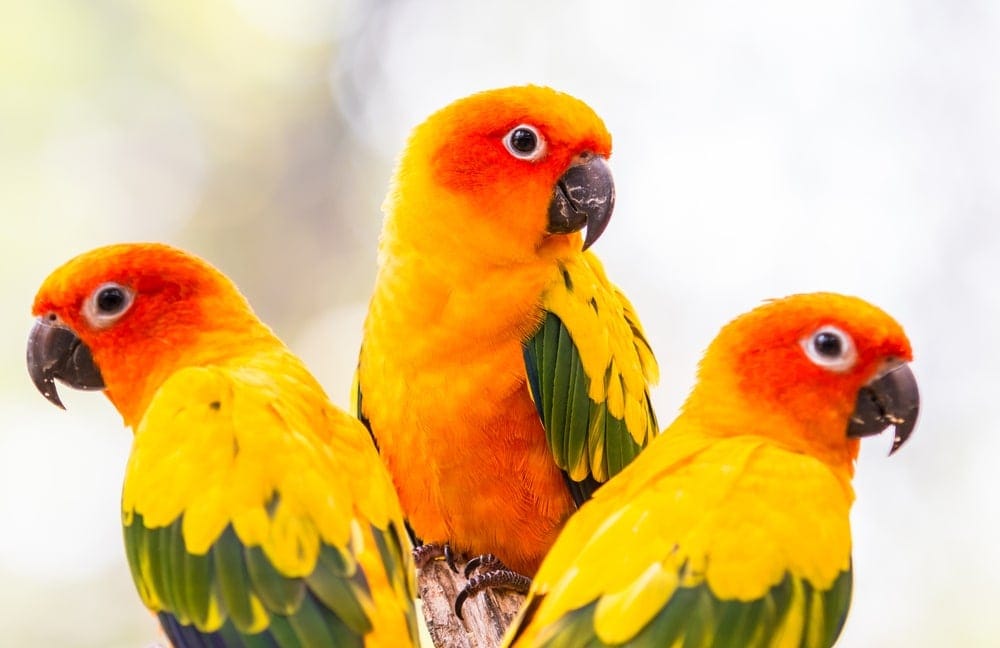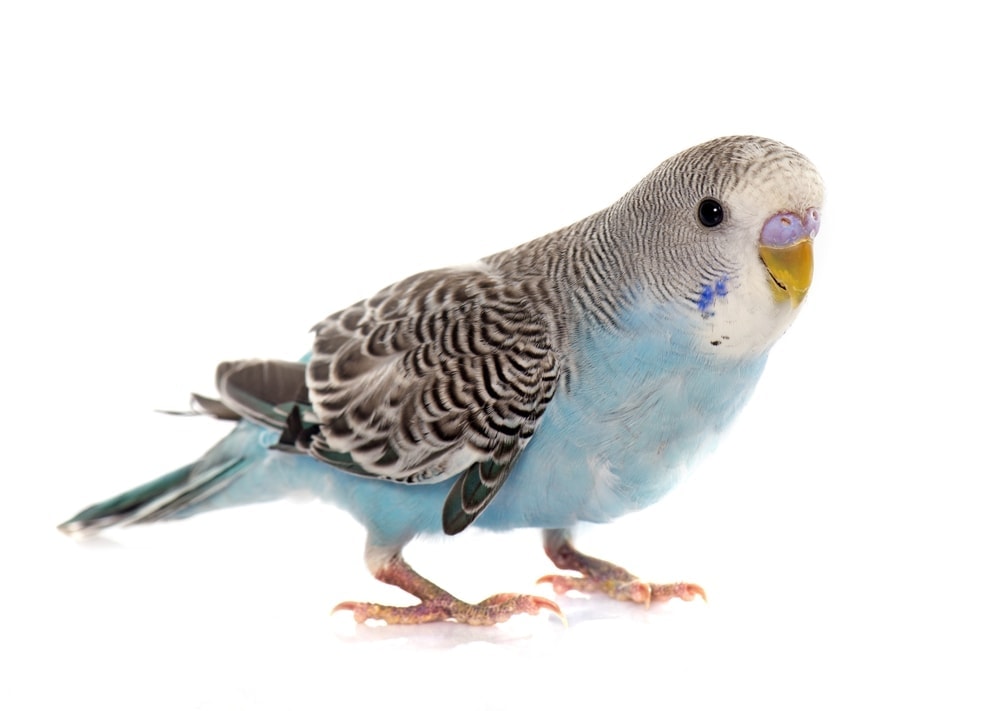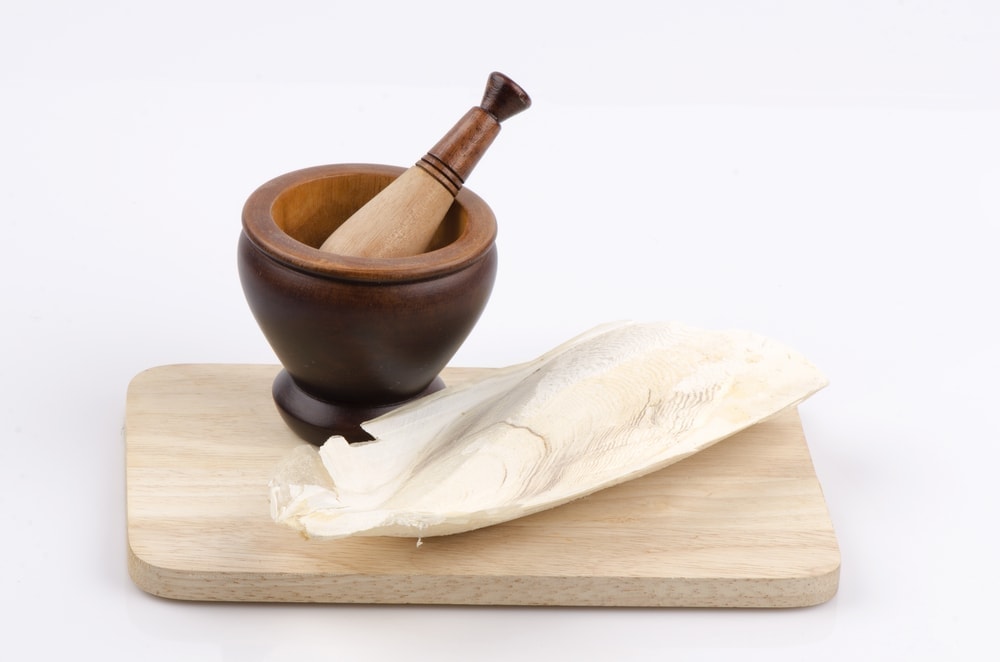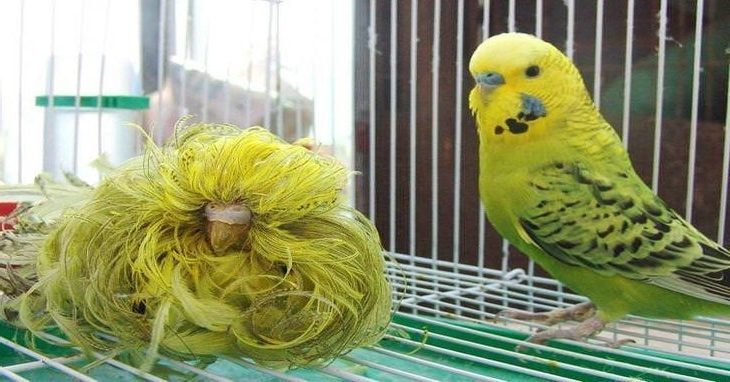The Pacific Parrotlet is a small but assertive little bird with a lot of personality.
It is also very cute and fairly easy to care for, making it an excellent overall pet.
Appearance
This bird can grow to anywhere from 4.4 to 5.5 inches in length as a mature adult. These birds are mostly green with some blue around the eyes and down the side of their face. The different shades of green make for an interesting look.
Pacific Parrotlet Lifespan
The average lifespan of the Pacific parrotlet is about 20 years, though they can live to be 30 with proper care over time.
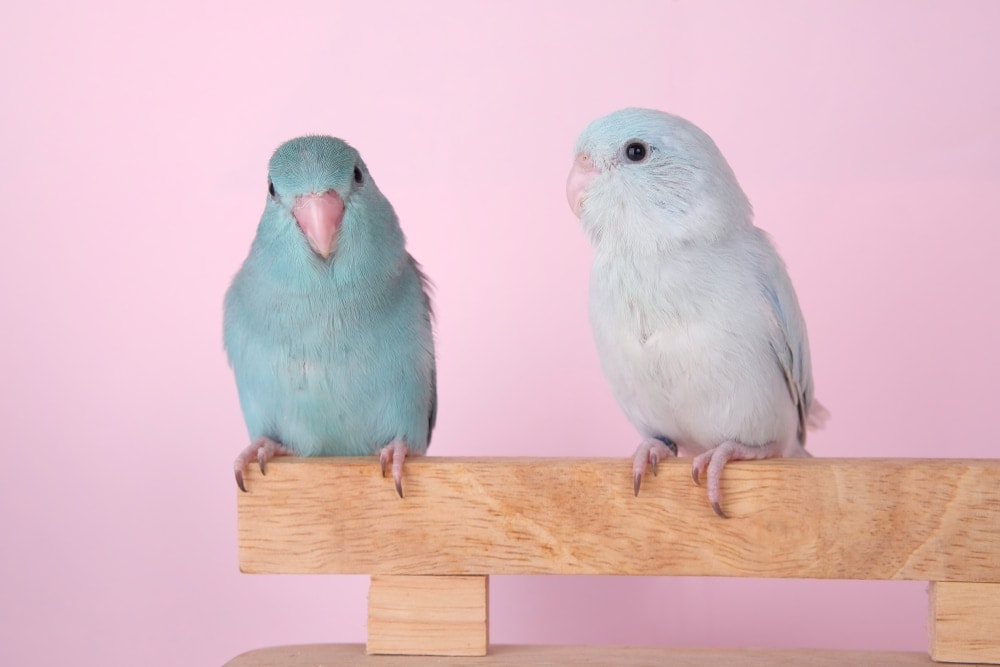
The Pacific Parrotlets Personality
The Pacific Parrotlet is extremely loyal to their owner, which is just one of the reasons why they make for such a great pet. These birds are also very affectionate and don’t mind being handled gently. Just make sure that you give yours enough attention on a daily basis. If you neglect your Parrotlet, you will diminish its overall value as a feathery companion.
Because these birds tend to be so friendly, they are a great choice for those with kids. You won’t have to be concerned about this bird acting out and biting your child. Just make sure that you teach your kids how to handle the bird properly.
These birds do very well when they are kept together in pairs. You will want to keep them separate from birds of other species though. This will help to keep the peace as much as possible in your aviary.
If you are looking for a bird with a very fun and outgoing personality, this one is an excellent choice to consider. It won’t take long for this bird to form a deep and special bond with you.
Natural Habitat
These birds are mostly found in tropical or subtropical regions, including lowland forests and dry shrublands. They stay in the same place year round, which means that migration does not take place.
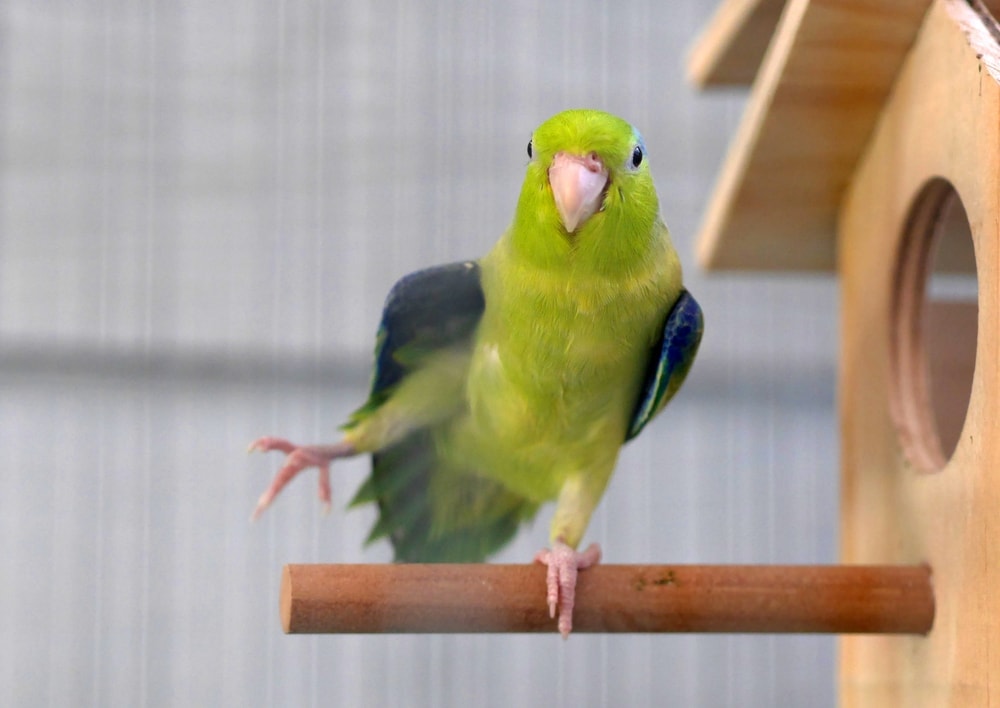
Pacific Parrotlet Care Guide
1. Pacific Parrotlet Diet
The best diet for these birds is a high-quality pellet and seed mix. You can also give your bird apples, bananas, pears, and carrots on a semi-regular basis. Fruits and vegetables can supplement their diet, but they should only comprise about 25% of it.
Some of the vegetables that you can give this bird include cucumbers, broccoli, asparagus, cauliflower, pea pods, and cooked sweet potatoes.
You also need to make a special point of changing out your bird’s water so that it is fresh. Failing to do this could result in a bacterial infection, which could be very serious.
These birds need to maintain a healthy calcium level to avoid serious health problems. You can do this by giving your bird cuttlebone each day.
A good rule of thumb for these birds is to give them twelve percent of their overall body weight for each meal of the day.
2. Environment
Make sure that the cage you put your Pacific Parrotlet in measures at least 18 by 18 by 18 inches. If you are keeping a pair of these birds together, the cage should be a minimum of 28 by 24 by 36 inches. The bars on the cage need to be half an inch apart from each other. This will keep your bird from getting out of the cage.
It is a good idea to put the cage in an area of the house where people usually are. This will provide your bird with enough socialization and stimulation to keep it healthy. You don’t want any sunlight shining directly on the cage, and the ambient temperature shouldn’t exceed 80 degrees Fahrenheit.
A walk-in aviary is the ideal choice for keeping these birds, especially if you have more than one. This will provide them with plenty of space to fly around. While not everyone has the space for such a setup, it is something to consider.
You’ll also want to have numerous perches, ropes, and toys for your birds to play with. There should be different types of perches, such as one that is made from rope and another that is a branch. This will serve to keep the bird’s nails short while giving them numerous comfortable places to sit.
3. Common Health Problems
The inherent curiosity and small size of these birds means that people are prone to step on them by accident. You will need to keep a close eye on your bird whenever it is out of its cage, especially if you have children around.
4. Grooming
Lightly misting your bird with a spray bottle filled with water a few times each week will keep its feathers clean. You can also just put a bowl of water in the cage to let it bathe itself. Beak and nail overgrowth are not big issues with these birds. You should, however, still be cognizant of how long their beak and nails are on a regular basis though.
Pacific Parrotlet Price
You will most likely pay anywhere from $100 to $350 for a Pacific Parrotlet. Some of these birds can be a little bit pricier, depending on their age.
Conclusion
- The Pacific Parrotlet can live over 20 years if it is properly cared for over time.
- The friendly and affectionate temperament of these birds makes them a great pet for people with kids.
- You should consider keeping one of these birds with another of its own kind for company.
- It is a good idea to put these birds in a walk-in aviary if you have the space for such a setup.
- Make sure that the bird’s enclosure has different types of perches, toys, and other things to keep it stimulated.
- The bird’s cage should be in an area of the house that receives a lot of foot traffic.
- It is particularly important to keep a close eye on these birds when they are out of the cage, due to their small size.
- Spraying your bird with a bottle of water two or three times each week should be all the grooming work you need to do.
